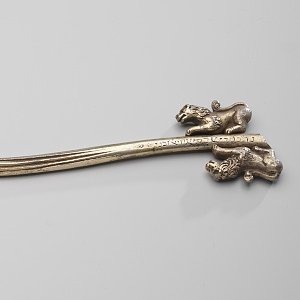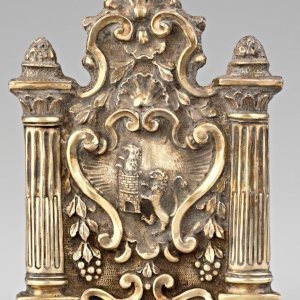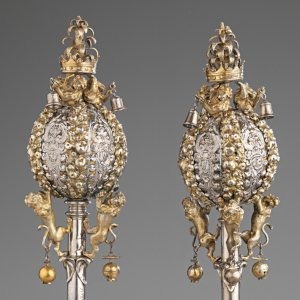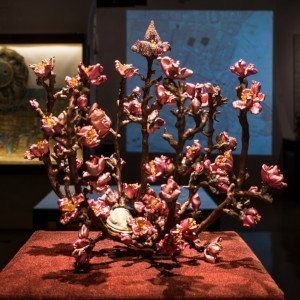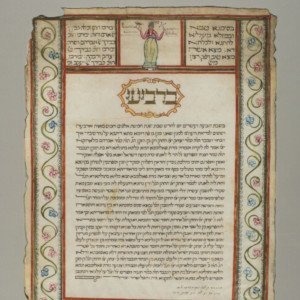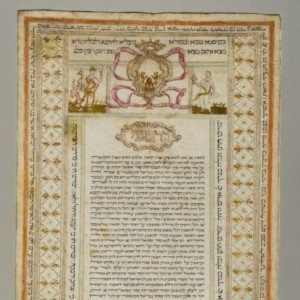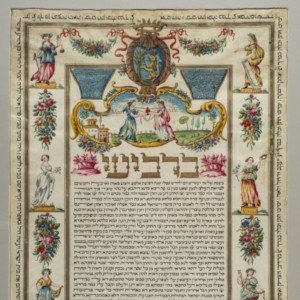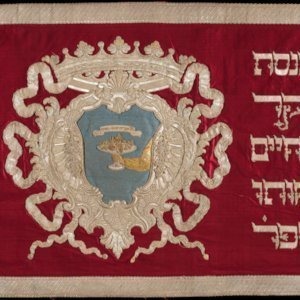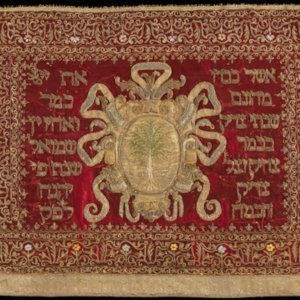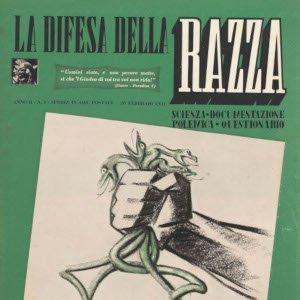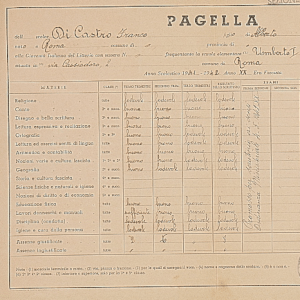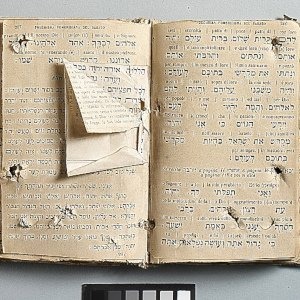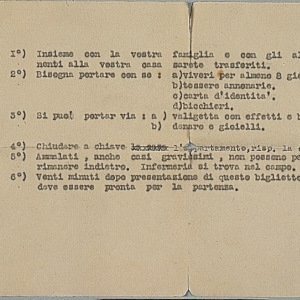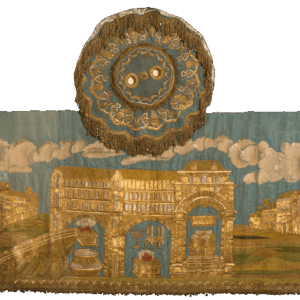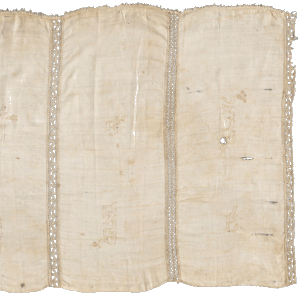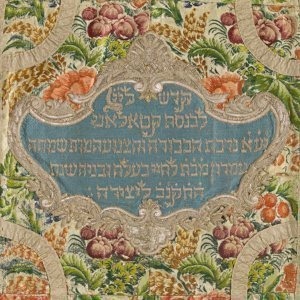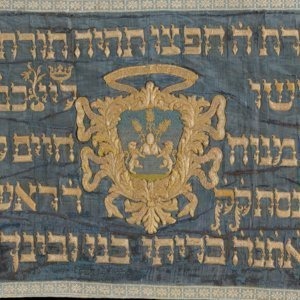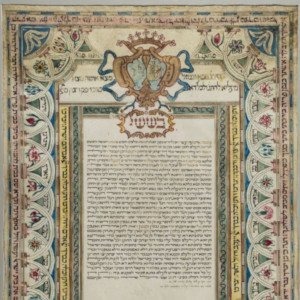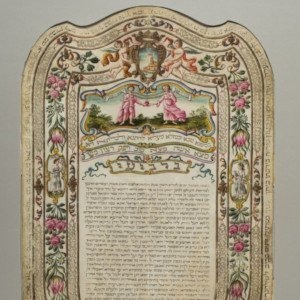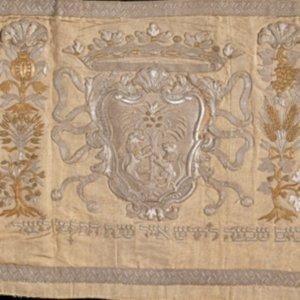The collections
The fulcrum of the collection includes about nine hundred fabrics and four hundred silvers for liturgical use, what remains of the ancient decorations for the Sefer Torà.
These complex ceremonial machines were the privileged gifts of Jewish families to their synagogues of belonging in a period of time between the seventeenth and twentieth centuries.
They were families residing in Rome for a long time, or coming from the Lazio countryside, and especially here they took refuge from Spain and the Kingdom of the Two Sicilies after 1492, and linked, depending on the rite celebrated in each of them, to one of the five synagogues.
Since 1555, the year the ghetto was established, the five places of worship had been merged into a single building, therefore called the Cinque Scole, the beating heart of the religious and social life of the ancient Jewish quarter.
From the time of the renovation to today, the museum’s collection has been enriched by generous donations, some of which have allowed us to deepen the tragic chapters in the history of the Community in the twentieth century: from the diaspora of the Libyan Jews, to which an entire room was dedicated, to racial persecutions before and during the Second World War.
The educational path of the twentieth century room ends with an overview of some Jewish artists, active in the twentieth century: Eva Fischer, Corrado Cagli, Antonietta Raphaël Mafai, Carlo Levi.

